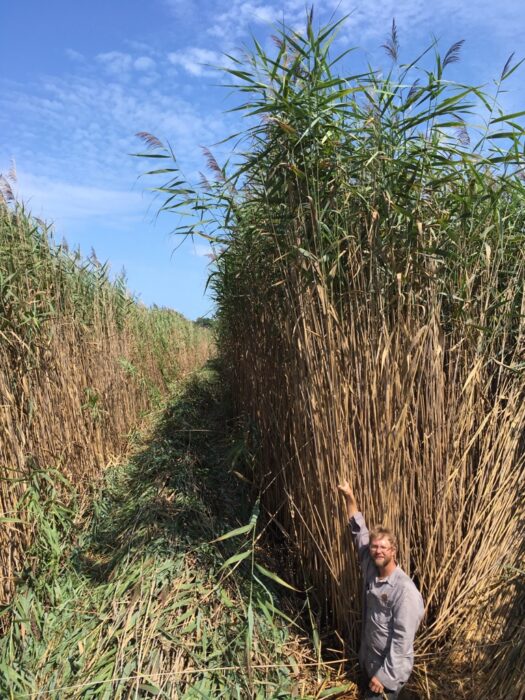
OHSWEKEN — An invasive species of common reeds on Six Nations is proving to be a big job for local ecologists to manage — one that could potentially lead to complications for Six Nations indigenous ecosystems.
Phragmites australis, also known as common reeds, are an invasive species restricted under the Invasive Species Act. The
Carole Smith, Operations Manager at Kayanase presented to Six Nations General Council meeting on Tuesday to explain how complicated managing this invasive species is and how important it is for Six Nations residents to get rid of it.
“It creates a monoculture. It is the only plant that can survive in the area. It overcrowds native plants and that includes medicinal plants,” said Smith.
The reed can reach heights of 20 feet high. Smith says those reeds cannot simply be cut down or burned.
Smith told SNEC the way Kayanase is removing patches of the plant is to spray the area with glyphosate. Smith says Kayanse complies with the Ontario Pesticides Act and that residents are advised not to enter areas that have been sprayed for 48 hours after a treatment.
“This is a big issue. It requires a long-term solution. Phragmites can take 3-5 years to remove it from your property,” said Smith.
Kayanase is working on a project for next year that would map patches of phragmites in the community to monitor the spread of the invasive species. Anyone looking for more information can contact Kayanase at (519) 770-0013.






